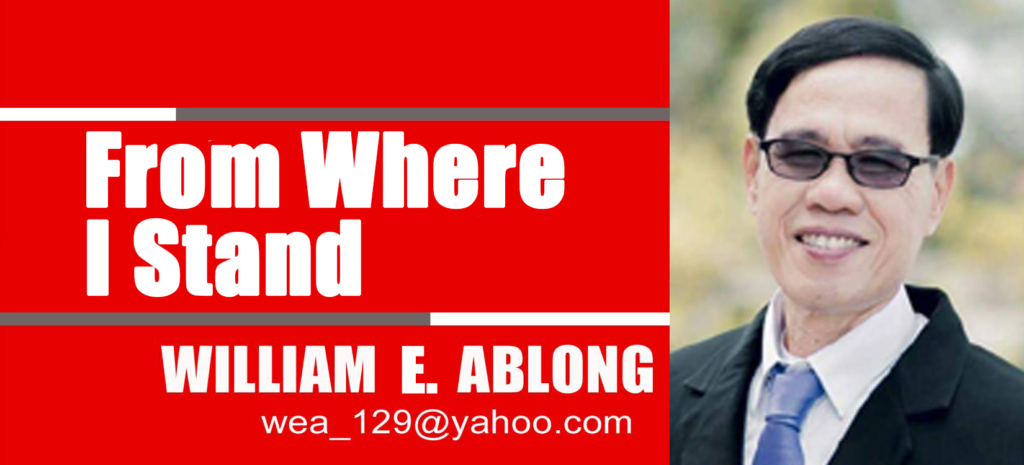
FOR many of us, November 30 means there’s no work because it’s a holiday. For the few of us who love history, we know it’s the day to commemorate the Great Plebeian, the face engraved on our coins, and the hero behind Fort Bonifacio.
Andres Bonifacio, the founder of the Katipunan.
Sadly, we know so little about this hero of ours. I don’t claim and I will never claim that I know a lot about Andres Bonifacio so I tried scouring the internet and tried reading a few well-researched books written by legitimate historians.
To celebrate Andres Bonifacio’s heroism, I thought of finding a few lesser-known facts about his life and catastrophic death and thought of sharing these with you:
A theater actor
Before the founding of Katipunan, Andres Bonifacio was a part-time theater actor who appeared in moro-moro plays. He often played the role of Bernardo Carpio, a fictional character in Tagalog folklore. Other notable historical figures who were talented thespians include Aurelio Tolentino and Macario Sakay.
A middle-class Filipino
As opposed to common belief, Bonifacio was not a browbeaten Indio who barely managed to eat three times a day.
Born to a half-Spanish mother, Andres Bonifacio actually came from a middle-class family. British historian Jim Richardson discovered that out of 200 Katipuneros, only one worked as a laborer. The rest, including Andres Bonifacio, were mostly white-collar employees.
As a bodeguero, Bonifacio worked for a German-owned company not to carry heavy stuff, but to manage its warehouse inventory.
Fought with a revolver, not a bolo
While unquestionably fearless, Bonifacio in his lifetime preferred to fight with a revolver and was not known to use a bolo at all.
In many instances, such as during the Battle of San Juan, or during that time when he tried to kill Daniel Tirona at the Tejeros Convention. In fact, Bonifacio, in his correspondence with other high-ranking Katipunan members, repeatedly mentioned and emphasized the use of firearms.
His favorite food
According to Milagros S. Enriquez’s Kasaysayan ng Kaluto ng Bayan, Bonifacio’s favorite home-cooked meal was “nilitsong manok sa zaha.”
It is prepared by wrapping the chicken in banana and sampaloc leaves before grilling it in charcoal. It is then served with a sarsa made from chicken liver and lemongrass.
The real killer of Andres Bonifacio
It will be surprising to know for some that while Aguinaldo denied having anything to do with Luna’s murder until his dying day, he readily confessed to having ordered Bonifacio’s execution.
On March 22, 1948 (the day before his birthday), Aguinaldo released a letter saying he was indeed the one who ordered the execution of Bonifacio and his brother Procopio. This letter was certified as authentic by Teodoro Agoncillo and was even published in his book Revolt of the Masses.
In this letter bearing his signature, Aguinaldo said that while he initially commuted the brothers’ death sentence to banishment, he was prevailed upon by his generals Mariano Noriel and Pio del Pilar who were part of his Council of War to carry out the execution for the country’s sake.
But reading between the lines, Aguinaldo was not really to blame for everything and I don’t think that the killing of Bonifacio can be attributed to him and him alone.
My line of thinking is corroborated by historian Xiao Chua, when he said that while Aguinaldo had his culpabilities and committed wrong decisions, accountability must be also placed on his inner circle, the elite, who imposed their negative influence on the country’s youngest president who was indisputably a novice in the world of politics.
According to Xiao Chua, we need to remember that the only offices Aguinaldo held before becoming president was as cabeza de barangay of Binakayan and as gobernadorcillo capitan of the municipality of Cavite el Viejo.
“We have to consider that he was 28 or 29 when he became president,” the historian said. “He was surrounded by traditional politicians.”
“It was the elite system – the “elite democracy” that killed the Supremo,” he added. This can be read from Agoncillo’s book published in 1956 entitled The Revolt of the Masses: The Story of Bonifacio and the Katipunan, published by the University of Philippines.
Courage with love
Public historian Xiao Chua also said that while it’s right to rejoice in Bonifacio’s valor and fearlessness, it’s also important for Filipinos today to also see him as someone who knew how to love.
“Lagi nating sinasabi na si Andres Bonifacio ay atapang-a-tao. Laban lang siya ng laban. Tama naman, pero, tinuruan niya rin tayong umibig (We always say that Andres Bonifacio was a brave person. He just continues fighting. That’s correct, but he also taught us to love),” Chua added.
This “love” can be viewed from Bonifacio’s well-known poem, Pag-ibig sa Tinubuang Lupa (Love of the Motherland), which talked about fighting for the country as an expression of love.

